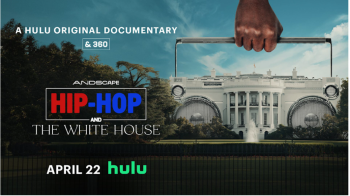The ultimate American Dream use to be that of owning your own home. The classic American Dream. What would one do to attain such a goal? Work hard, save, and cave in on predatory lending practices. The latter being the quickest route. Across the country, the wildfire foreclosure rate is putting cities in crisis. Property taxes have sunk, abandoned homes are bringing down property values, inviting crime, and draining government coffers. While this is a national crisis states and local municipalities arguably will be asked to carry a larger share of the foreclosure burden as tax revenues decline and they experience increased demands for police and other services to deal with vacant and abandoned properties.
We’ve all heard the debate of who’s to blame. Homeowners for taking loans they couldn’t afford, brokers trying to make a quick buck, government for lack of regulation, and banks forcing unfair lending practices in what use to be redlined neighborhoods. Redlining use to be areas that were ‘blacklisted’ for different purposes. Whether it was discriminated from getting delivery services if it was considered dangerous, to avoiding lending altogether because it was deemed too high risk. In the wake of the housing boom, reverse redlining became all the rage. Reverse relining is a business model to strip wealth out of a community. People in straitened circumstances feel they have no options and are hungry enough, in the loaners eyes, to sign onto unfair terms. The worst the terms of the deal for the home-buyer, the bigger the profit is for the bank.
But what if you lived in a redlined neighborhood, but were qualified for prime mortgage. A disproportionate amount of the sub-prime lending went to African-Americans. Even when you compare similar income levels. I don’t think it was done in a spiteful I-don’t-like-blacks sort of way, but they did prey on african americans lack of information gathering or investigating things like The Better Business Bureau to file complaints. They qualified for prime loans, and they were steered in the direction of sub-prime, which meant their rates were higher, but it also meant that everybody who was a part of that deal, the brokers and others, got a bigger cut than they normally would’ve gotten with a prime loan.
Because of the foreclosures in their communities, an additional 40 million homeowners may see their property values and their municipalities’ tax bases drop by as much as $356 billion in the next two years. Nearly every state is affected: in 47 states and Washington, D.C. the number of mortgage loans entering foreclosure as of December 2007 had increased by at least 20 percent since December 2006. Ten states alone could lose a toal of $6.6 billion in tax revenue in 2008, according to a recent analysis by the firm global Insight. The stakes are incredibly high. Homeownership is the primary vehicle through which American families build financial security. It also is an essential buildind block of state and local economies.
Yet the federal bailout money is not going directly to desperate communities and homeowners, but to local and national banks, whom instead are acquiring other banks with that money. Their bottom line first. At least in some cities, their elected leaders are doing something- suing. In Memphis, the city is suing local banks under the Federal Fair Housing Act using racial discrimination as a factor, alleging unlawful, irresponsible, unfair, and deceptive lending practices. T
















